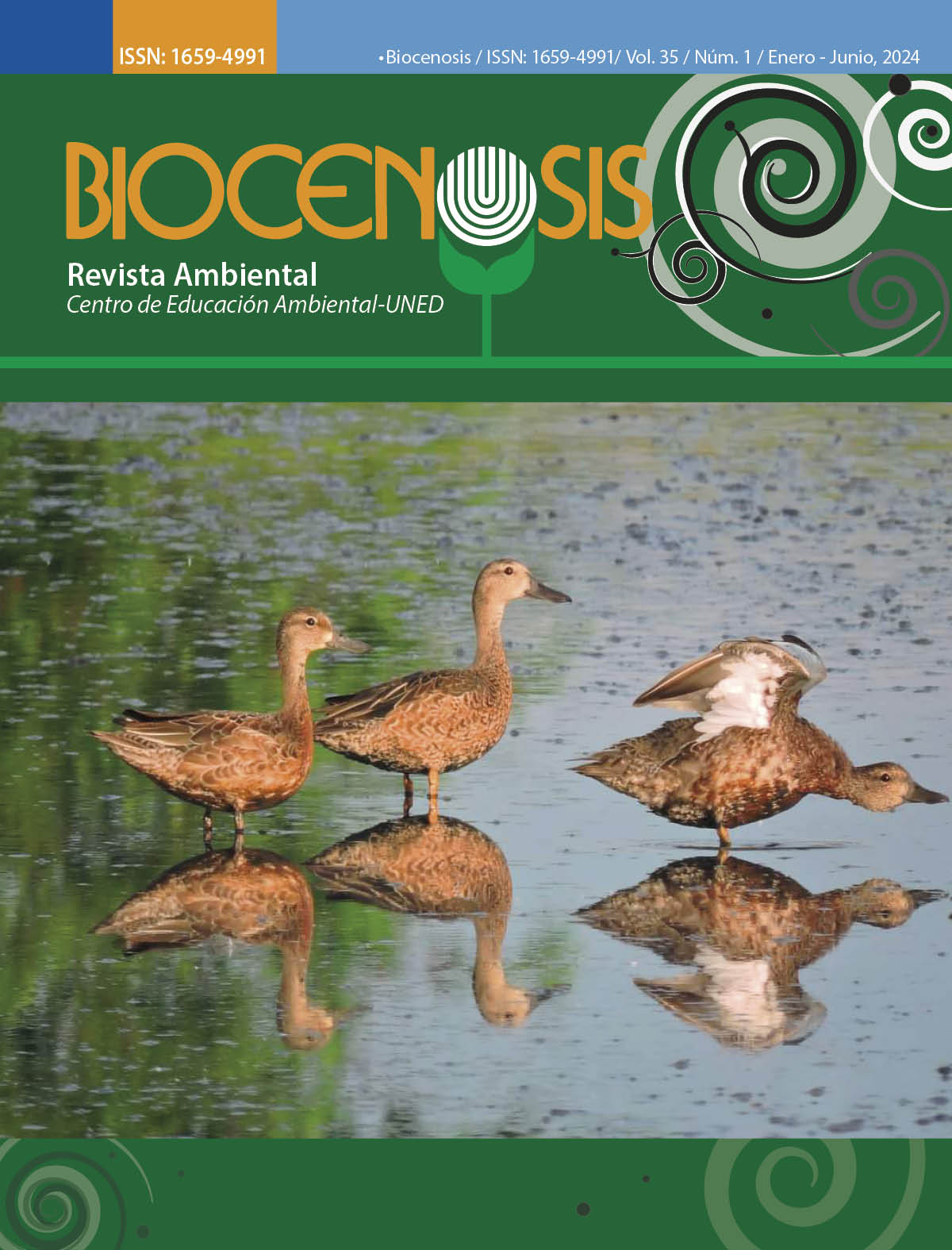Actions for the conservation of the crab community living in areas subjected to coastal erosion at Puerto Vargas beach, Cahuita National Park, Limon, Costa Rica
DOI:
https://doi.org/10.22458/rb.v35i1.5347Keywords:
burrowing crabs, capacity to adapt to climate change, sandy beaches, erosive processes, artificial reefsAbstract
In 2020, research was conducted in the Puerto Vargas sector of Cahuita National Park to examine the erosion processes affecting approximately 8 km of the coastline. It turns out these processes have an impact on the crab community inhabiting the sandy beaches there by modifying the characteristics necessary for the group’s survival. Interviews were conducted and a workshop was held with members of the local council and officials of the National Park so as to propose actions for the conservation of this crab community. Among the main results are the proposals for managing eroded beaches to mitigate the impacts on crab communities, such as repopulating dead reef areas with artificial reefs and restoring the beach edge by planting plant species: beach almond (Terminalia catappa), beach grape (Coccoloba uvifera), icaco (Chrysobalanus icaco) and sangrillo (Pterocarpus officinalis).
Published
How to Cite
Issue
Section
License

This work is licensed under a Creative Commons Attribution-NonCommercial 4.0 International License.
